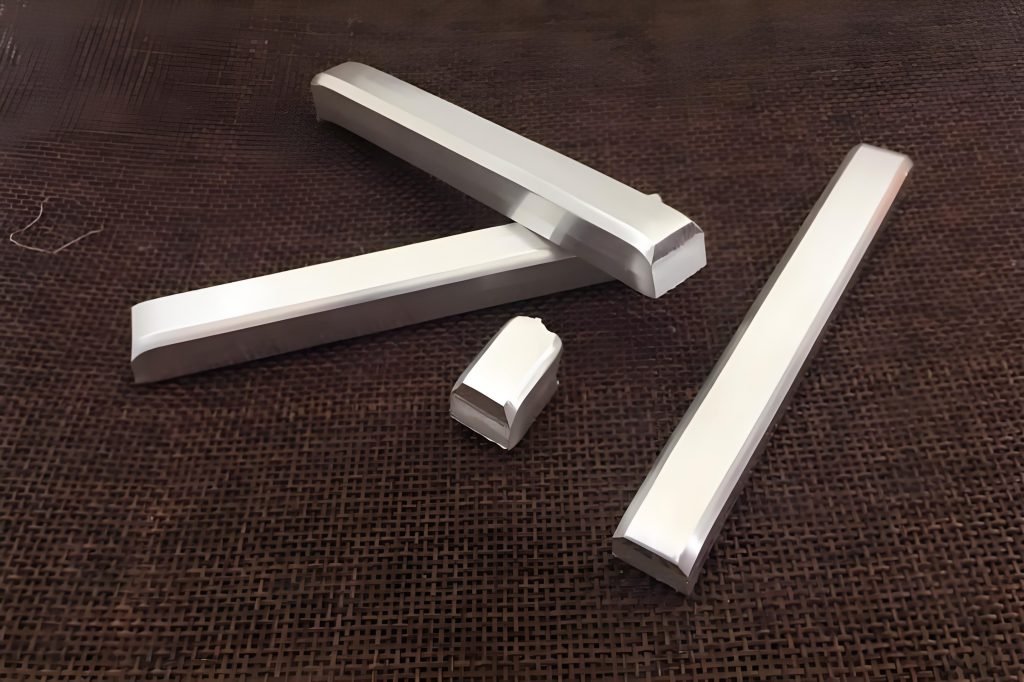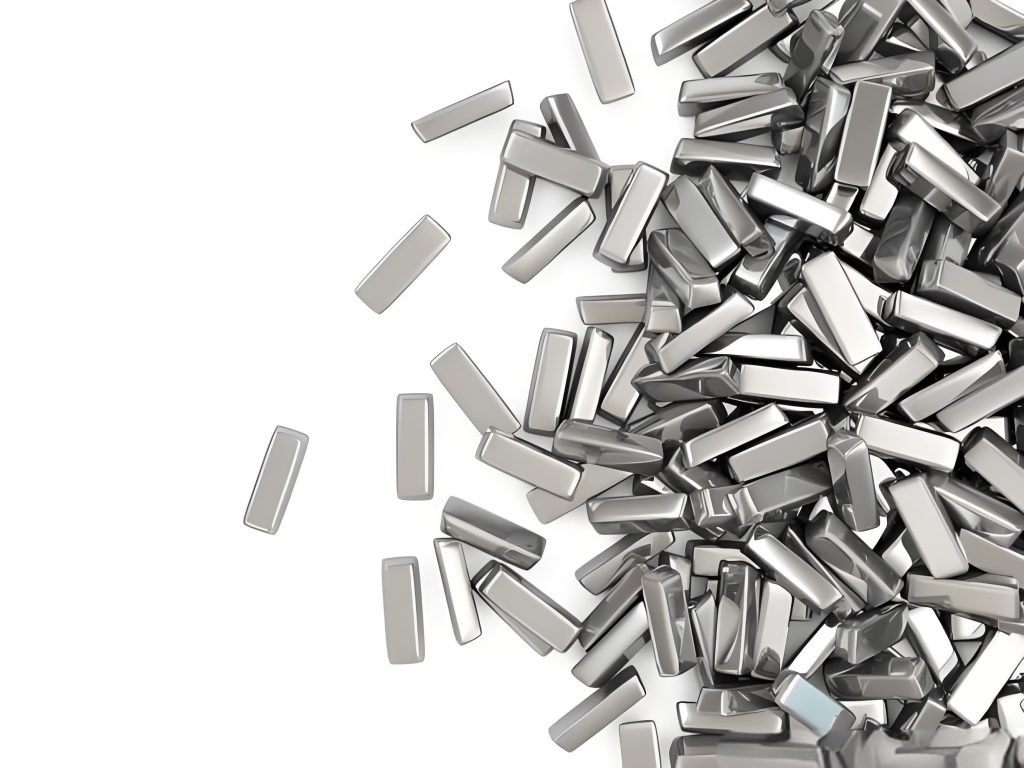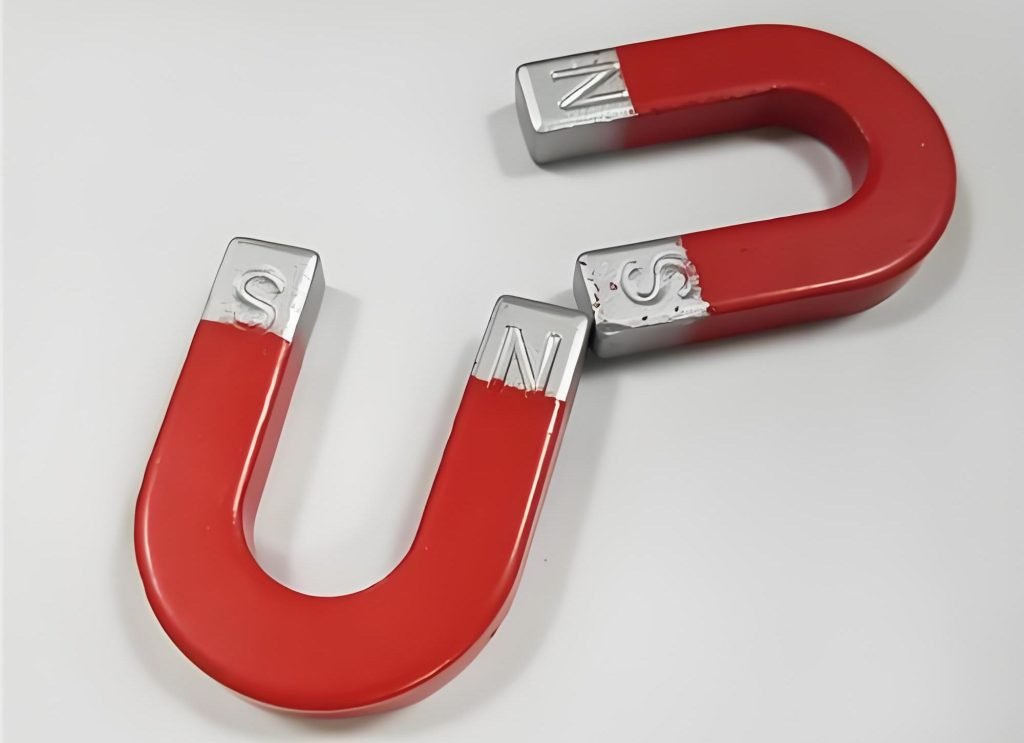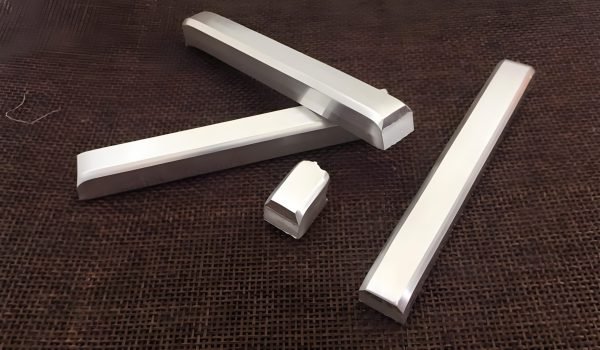You might be surprised to learn that silver isn’t attracted to a magnet, even a strong one. This is because of its unique electron configuration, which makes silver diamagnetic. Unlike ferromagnetic materials like iron or nickel, silver’s electrons don’t align to create a magnetic field.

Instead, silver exhibits a weak repulsion when placed in a magnetic field. This property, while not making silver “magnetic” in the conventional sense, has significant implications for its industrial applications. Understanding silver’s magnetic behavior can help you appreciate its value in various technologies and its comparison to other precious metals.
As we explore the fascinating world of silver and its properties, you’ll discover how its purity affects its magnetic behavior and why this matters in industrial contexts.
The Magnetic Properties of Silver
You might be surprised to learn that silver, a popular metal for various uses, has unique magnetic properties. Understanding these properties can provide insights into its behavior and applications.
Is Silver Magnetic?
Silver is not magnetic in the conventional sense. It is diamagnetic, meaning it is weakly repelled by a magnetic field. This property is not as pronounced as the attraction seen with ferromagnetic metals like iron.
Understanding Diamagnetism in Silver
Diamagnetism occurs because silver’s electrons are paired, generating a magnetic field that opposes an external magnetic field. This effect is subtle and requires a strong magnet to observe. The diamagnetic property is consistent across all forms of pure silver, whether it’s in coins, bullion, or jewelry. To notice the effect, you typically need a very strong neodymium magnet and a controlled environment.
Understanding diamagnetism helps explain why silver behaves differently from both ferromagnetic metals (like iron) and paramagnetic metals (like aluminum) when exposed to magnetic fields.
Why Is Silver Non-magnetic?
The reason silver doesn’t stick to magnets lies in its unique electron configuration. To understand why silver is non-magnetic, we need to delve into its atomic structure and compare it with other metals.
Electron Configuration of Silver
Silver’s electron configuration is key to its non-magnetic properties. With a completely filled d-shell, silver lacks the unpaired electrons that are typically responsible for magnetism in other metals. This full outer energy level makes silver diamagnetic, meaning it exhibits a weak repulsion to magnetic fields. Other metals like copper and gold share this property due to their similar electron configurations.
Comparing Silver to Magnetic Metals
When comparing silver to magnetic metals like iron, nickel, and cobalt, the difference lies in their electron configurations and how they interact with magnetic fields. Ferromagnetic metals contain domains of aligned magnetic moments that can be permanently magnetized, whereas silver lacks these domains. As a result, silver shows no attraction to magnets and instead exhibits a very weak repulsion. Understanding these differences is crucial for industrial applications where the magnetic properties of metals must be precisely known and controlled.
Factors Affecting Silver’s Non-magnetic Properties

The magnetic properties of silver, though non-magnetic, are subtly influenced by factors such as purity and temperature. Understanding these factors is crucial for applications where silver is used.
Purity Levels and Their Impact
The purity of silver plays a significant role in its magnetic properties. Pure silver is diamagnetic, meaning it’s weakly repelled by magnetic fields. Impurities can slightly alter this property, though silver remains non-magnetic even with significant impurities.
Temperature and Environmental Effects
Temperature and environmental factors also affect silver’s diamagnetic properties. At very low temperatures, silver’s diamagnetism becomes more pronounced due to reduced thermal vibrations. High temperatures slightly alter its diamagnetic response due to increased atomic vibrations. Environmental factors like oxidation and corrosion can create surface layers with different magnetic properties.
Sterling Silver and Magnetism
Sterling silver’s interaction with magnetic fields is an interesting aspect that can reveal its composition and authenticity. You might be wondering whether sterling silver is magnetic or not.
Composition of Sterling Silver
Sterling silver is an alloy made primarily of silver, with the remaining percentage consisting of other metals, typically copper. The standard composition is 92.5% silver and 7.5% other metals, usually copper. This addition of copper enhances the durability of silver without significantly affecting its inherent properties.
Why Sterling Silver Remains Non-magnetic
Sterling silver remains non-magnetic because both its primary components, silver and copper, are diamagnetic materials. Even with the presence of small amounts of other metals, the diamagnetic properties of silver and copper dominate, ensuring that sterling silver does not exhibit magnetic attraction. This characteristic makes the magnet test a reliable method for initial screening of genuine sterling silver items.
How to Test Silver’s Magnetism
The magnetism of silver can be evaluated through a series of tests that are easy to perform at home. These tests help determine whether your silver item is genuine and understand its magnetic properties.
The Basic Magnet Test

The basic magnet test involves bringing a magnet close to the silver item. If the item is attracted to the magnet, it’s likely not pure silver. This test is simple but effective for initial screening.
The Sliding Magnet Test for Diamagnetism
For a more detailed analysis, the sliding magnet test can be used to detect diamagnetism in silver. By placing a silver item on a flat surface and sliding a powerful neodymium magnet towards it, you can observe the diamagnetic effect. The silver item will slightly repel the magnet due to its diamagnetic properties.
Equipment Needed for Accurate Testing
To accurately test silver’s magnetism, you’ll need several pieces of equipment. Strong neodymium magnets in various sizes are crucial for detecting subtle magnetic interactions. A clean, flat surface is necessary for the sliding magnet test. Additionally, microfiber cloths for cleaning the silver surface and a set of known reference samples for comparison are recommended.
For more precise measurements, specialized equipment like a magnetic susceptibility balance or digital scales with high sensitivity can be used. These tools help quantify the diamagnetic effect and provide a more accurate assessment of the silver item’s properties.
How to Tell Real Silver from Fake
Authenticating silver requires careful examination and the right testing techniques. You can use several methods to verify the authenticity of your silver items.
The Hallmark Test
One of the simplest ways to verify silver authenticity is by looking for a hallmark or stamp that indicates its purity, such as “925” or “Sterling.” This mark is often found on genuine silver items.
The Acid Test Method
The acid test involves applying a drop of nitric acid or aqua regia to the silver item. Genuine silver will react in a specific way, whereas fake silver will not react or will react differently.
The Ice Test Technique
Silver has high thermal conductivity, so it will quickly melt ice placed on it. You can use this property to test if your silver item is real by observing how quickly it melts ice.
Using X-Ray Fluorescence (XRF) Testing
X-Ray Fluorescence (XRF) testing is a highly effective and non-destructive method for determining silver content and authenticity. This technology works by bombarding the sample with X-rays, causing the atoms in the material to emit secondary X-rays (fluorescence) that are characteristic of each element present. An XRF analyzer can precisely measure the exact percentage of silver and identify other elements in the alloy. This method is ideal for valuable items because it doesn’t cause damage.
Magnetic Silver Alloys and Industrial Applications
The industrial applications of silver are diverse, leveraging its diamagnetic properties for advanced technological uses. While silver itself is not magnetic, its unique characteristics make it invaluable in various specialized fields.
Characteristics of Silver Alloys
Silver alloys can be crafted to exhibit specific properties, including magnetic characteristics, by combining silver with other metals. However, pure silver remains diamagnetic, repelling magnetic fields weakly. This property is crucial in applications where magnetic interference must be minimized.
Industrial Uses of Diamagnetic Silver
Silver’s diamagnetic features are utilized in several industrial applications. In scientific instruments like magnetometers and MRI equipment, silver components are used because they don’t interfere with magnetic fields while providing excellent electrical conductivity. The aerospace industry also benefits from silver’s diamagnetic nature in sensitive equipment, ensuring that magnetic interference doesn’t cause malfunctions. Additionally, silver is used in superconducting applications, precision electronic components, and magnetic shielding due to its combination of diamagnetism and high conductivity.
Conclusion
The science behind silver’s non-magnetic nature has significant implications for its use and authentication. You’ve seen how pure silver and sterling silver exhibit diamagnetic properties rather than being magnetic. This understanding is crucial for testing authenticity, with a simple magnet test serving as a first-line verification method. As technology advances, silver’s unique properties continue to find new applications. Whether you’re a consumer or industrial user, grasping silver’s relationship with magnetism provides valuable insights into this versatile metal.
FAQ:
No, sterling silver is not attracted to a magnet because it is primarily composed of silver and copper, which are non-magnetic metals.
You can test your silver jewelry using various methods, including the hallmark test, acid test, ice test, or X-Ray Fluorescence (XRF) testing to verify its authenticity.
Pure silver is 99.9% silver, while sterling silver is an alloy made of 92.5% silver and 7.5% other metals, usually copper, which adds strength and durability.
Yes, silver can be alloyed with magnetic metals like iron, nickel, or cobalt to create a magnetic silver alloy, which has various industrial applications.
Temperature has a minimal effect on the magnetic properties of silver, as its diamagnetic behavior remains relatively consistent across a range of temperatures.




